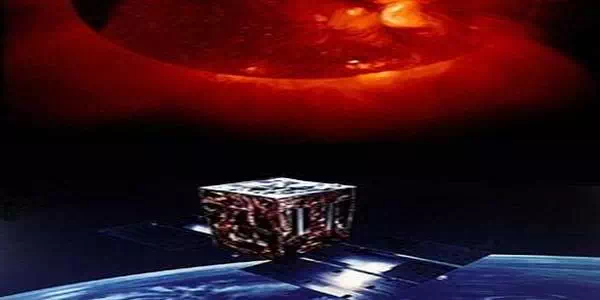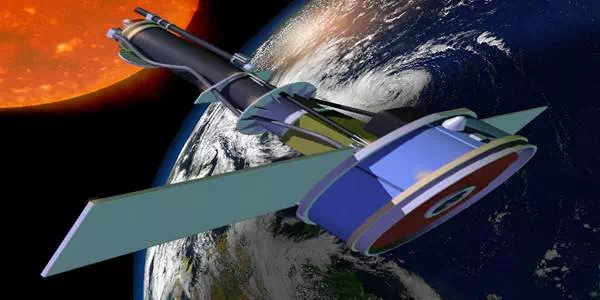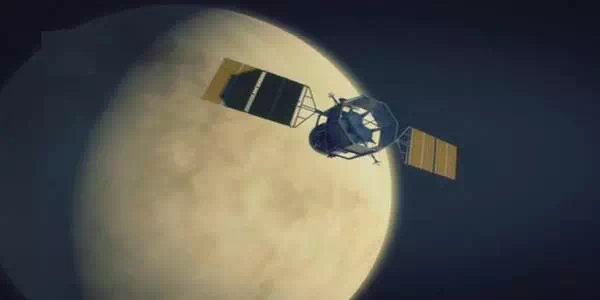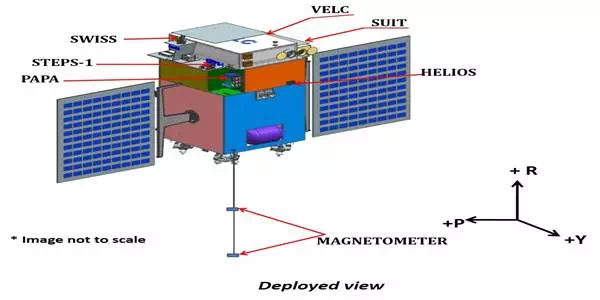Space Missions to the Sun: Brief Analysis
The Sun is the star at the centre of the solar system. It is mainly composed of hydrogen and helium. There are various solar missions launched by observatories to study high resolution and close-up view of Sun and its inner heliosphere (the innermost region of our Solar System) to predict and to better understand the intractable or restive behaviour of the star on which our lives depend.
The Sun is the luminous celestial body around which the earth and other planets revolve, from which they receive heat and light. Therefore, it is the star at the centre of the solar system. It is mainly composed of hydrogen and helium having a mean distance from earth of about 93,000,000 miles or 150,000,000 km and a mass of 332,000 times greater than earth. There are various solar missions launched by observatories to study high resolution and close-up view of Sun and its inner heliosphere (the innermost region of our Solar System) to predict and to better understand the intractable or restive behaviour of the star on which our lives depend.

Various Solar Missions or Missions to the Sun till now are as follows:
1. In between 1959 and 1968 the first satellites were launched by NASA’s Pioneers 5,6,7,8 and 9 to observe the Sun. These had made the first detailed measurements of the solar wind and the solar magnetic field and these probes were orbited the Sun at the same distance as that of Earth.

• Pioneer 9 operated for a long time and transmitted data until May 1983.
Mission: To measure solar wind and solar magnetic field.
Problem Occurred: The Spacecraft failed to send signal in 1983.

Source: www.nssdc.gsfc.nasa.gov
• In 1970’s two Helios space craft and the Skylab Apollo Telescope Mount provided new data to the scientists regarding solar wind and solar corona.
• Helios 1 and 2 probes were US – German collaborations
• Mission: To study the solar wind from an orbit carrying the spacecraft inside Mercury’s orbit.
Problem Occurred: Since previous aircrafts were succeeded in breaking a number of flight records but Helios couldn’t hack it and after taking off about 30 minutes, it hit with powerful wind shear and crashed into the Pacific.

• In 1973 NASA launched the Skylab space station which included a solar observatory module known as the Apollo Telescope Mount and first time Skylab made the observations of the solar transition region and ultraviolet emissions from the solar corona. These discoveries included the first observations of coronal mass ejections i.e.‘coronal transients’ and of coronal holes associated with solar wind.

Sun and its interactions with the Earth and the solar system
2. NASA in 1980 launched the Solar Maximum Mission.
Mission: This spacecraft was designed to observe gamma rays, X-rays and UV radiation from solar flares during the time of high solar activity and solar luminosity.
Problem Occurred: Due to electronic failure after the few months of launch the probe go into the standby mode and for next three years it was in an inactive state.

But in 1984 Space Shuttle Challenger mission STS-41C retrieved the satellite and before re-entering the Earth’s atmosphere in June 1989 it had acquired thousands of images of the solar corona.
3. In 1991, Japan’s Yohkoh (Sunbeam) satellite was launched.
Mission: To observe the solar flares at X-ray wavelengths.
Problem Occurred: It had observed the entire solar cycle but went into a standby mode after the annular eclipse in 2001 and so the atmospheric re-entry was destroyed in 2005.

Hinode is the follow-up to the Yohkoh (Solar-A) mission and it was launched on the final flight of the M-V-7 rocket from Uchinoura Space Center, Japan on 22 September 2006.To study the nearest star Sun and to explore its magnetic fields. It includes a suite of three science instruments- The Solar Optical Telescope, X-Ray Telescope and Extreme Ultraviolet Imaging Spectrometer. These three instruments together will study the generation, transport and dissipation of magnetic energy from the photosphere to the corona and will record how energy stored in the sun’s magnetic field is released, either gradually or violently, as the field rises into the Sun’s outer atmosphere.
4. The Solar and Heliospheric Observatory (SOHO) which was jointly built by European Space Agency and NASA, the most important solar mission launched on 2nd December 1995.
Mission: It was designed to study the internal structure of the Sun, its extensive outer atmosphere and the origin of the solar wind.
It has proven so useful that a follow-on mission, The Solar Dynamics Observatory (SDO)was launched in February 2010 situated at Langragian point between Earth and Sun at which the gravitational pull from both is equal.


Do you know what is Heliophysics and Heliosphere
5. In October 2006, The Solar Terrestrial Relations Observatory (STEREO) mission was launched by NASA.
Mission: To capture unseen images of Sun i.e. Stereo A and B will enable stereoscopic imaging of the Sun and solar phenomena such as coronal mass ejections, the acceleration of particles in interplanetary space, and terrestrial consequences.
Problem Occurred: NASA lost touch with Stereo B in October 2014 due to sun interference.
But now NASA has re-established contact with a long-lost spacecraft, almost two years after it went missing into space. But Scientists team have still to find out that whether Stereo-B can continue its mission after spending almost ten years in space.

6. NASA’s Interface Region Imaging Spectrograph (IRIS) spacecraft was launched in June 27, 2013.
Mission: To study the solar atmosphere which was placed in orbit by an Orbital Sciences Corporation Pegasus XL rocket.

7. NASA has tapped the Johns Hopkins University Applied Physics Laboratory (APL) to develop the ambitious Solar Probe Plus mission. Mission: To study the streams of charged particles the Sun hurts into space from inside the Sun’s corona-its outer atmosphere from where the solar wind is produced and the material it carries into our solar system. It will be launched on 31 July, 2018.


Study about the Inner Solar system, Outer solar system and the Solar system in Details.
8. Aditya-L1 is the first Indian mission to study the Sun.

Image Credit: Udaipur Solar Observatory
It is basically a solar coronagraph mission of ISRO (Indian Space Research Organization) approved by the Space Commission of the Government of India. This project is a national effort involving the collaboration of: ISRO, IIA (Indian Institute of Astrophysics), Udaipur Solar Observatory, ARIES (Aryabhatta Research Institute of Observational Sciences), TIFR (Tata Institute of Fundamental Research) and some Indian Universities.

It is named so because in Sanskrit Aditya is the name of the Sun.
Mission: Its main objective is to study the solar dynamics in the chromosphere and corona with a suite of instruments including a coronagraph and a UV imager. The orbit around L1 provides continuous solar observations without any eclipse/occultation and is an excellent outpost outside Earth's magnetic field to make in-situ measurements of incoming charged particles.